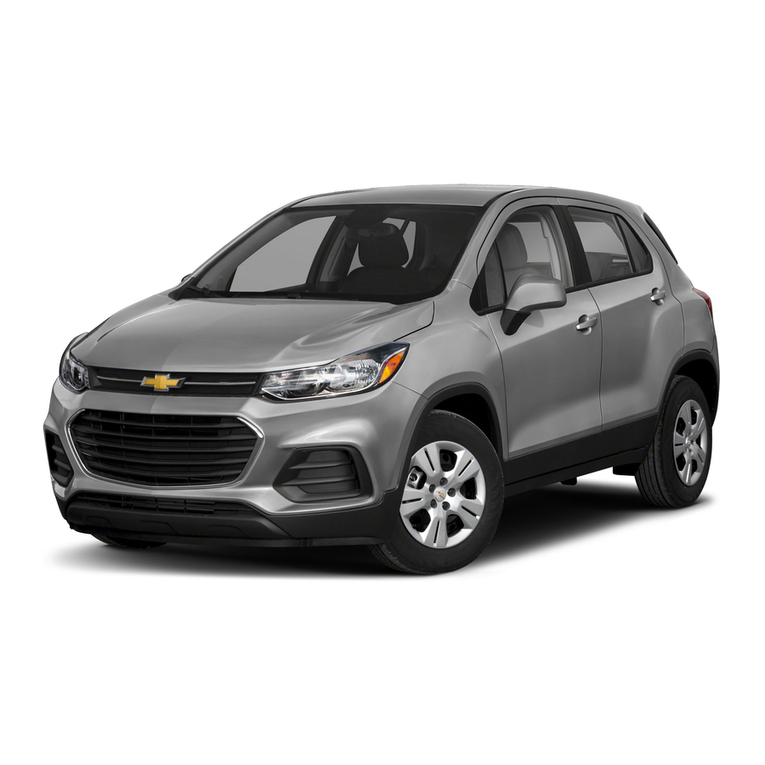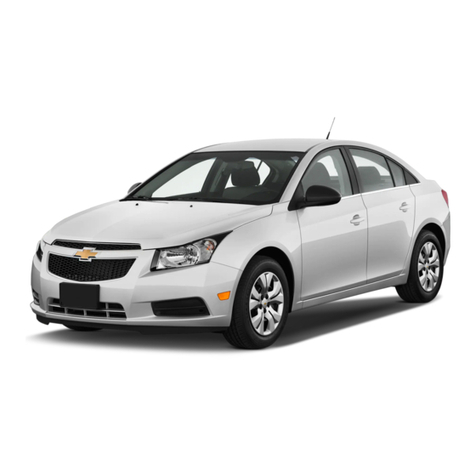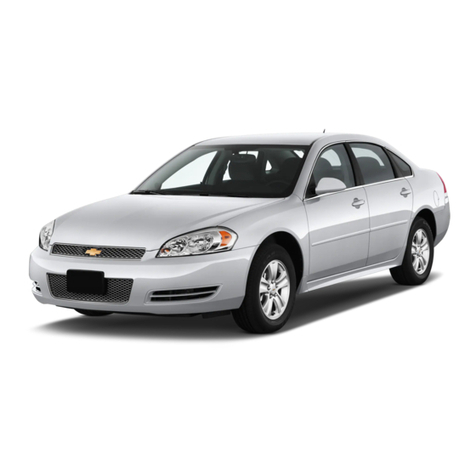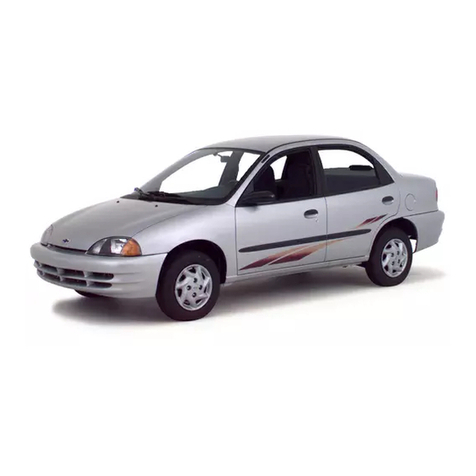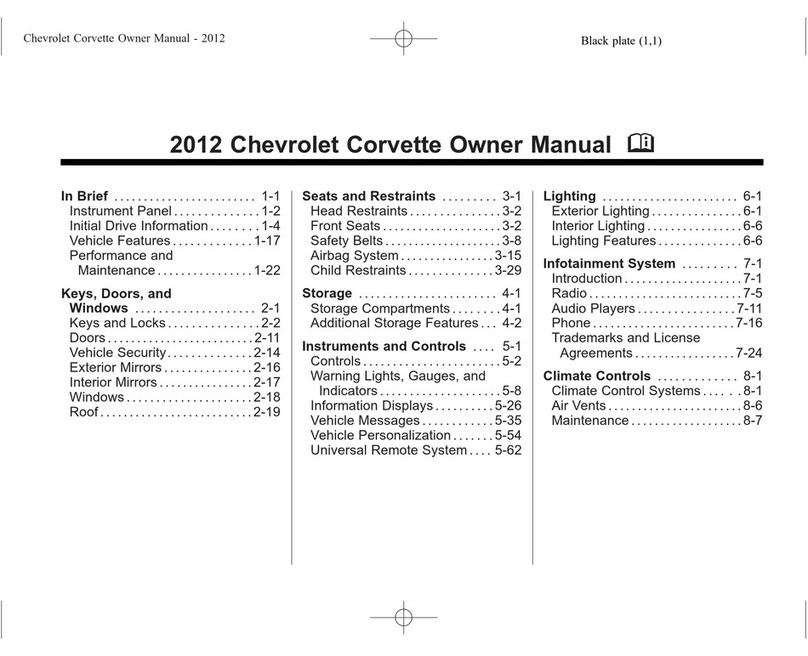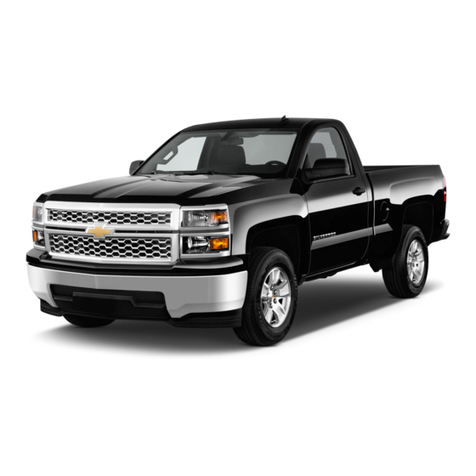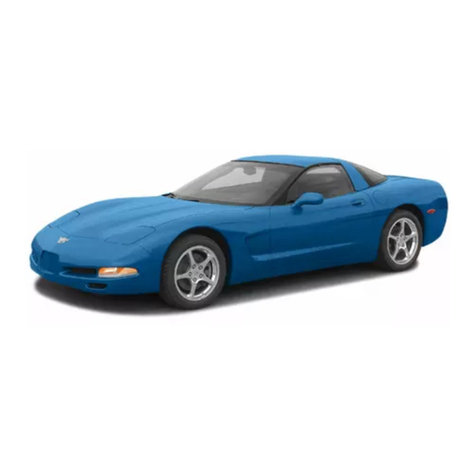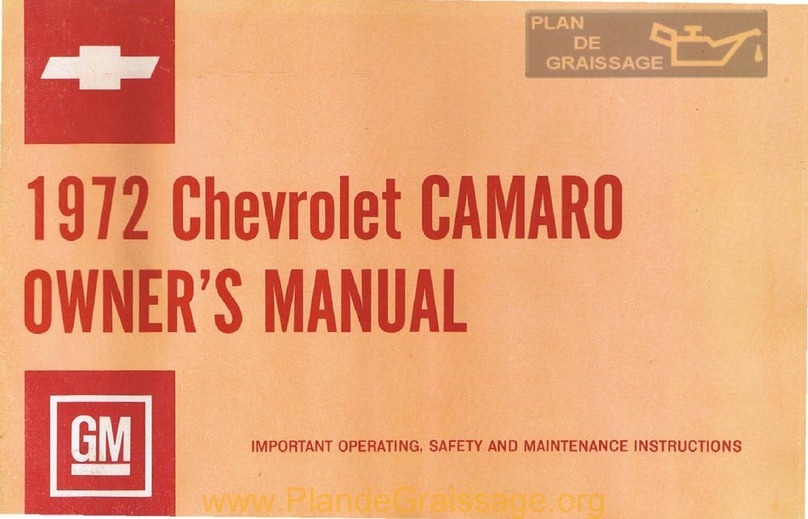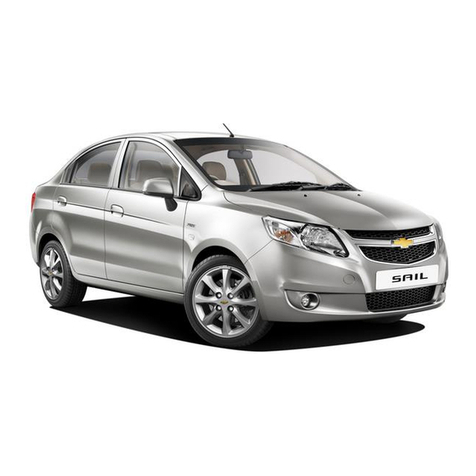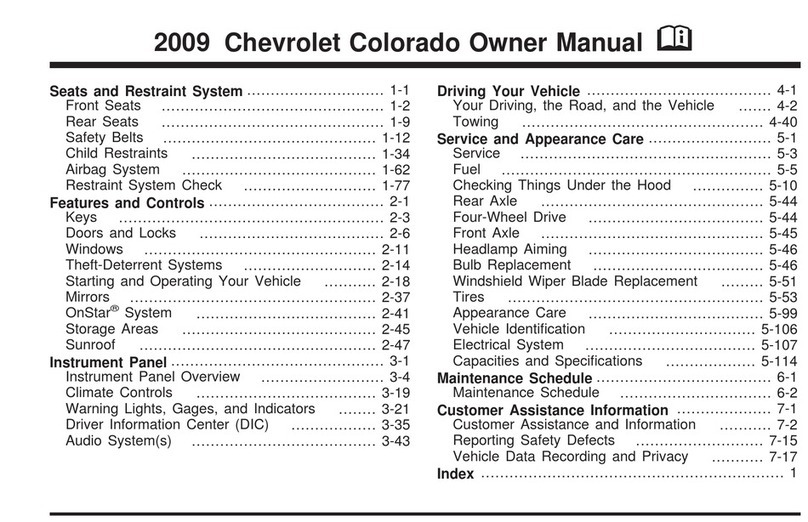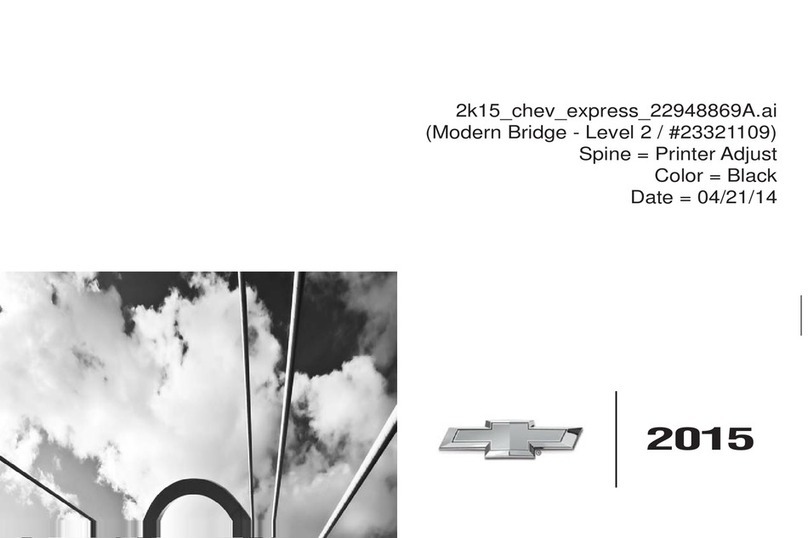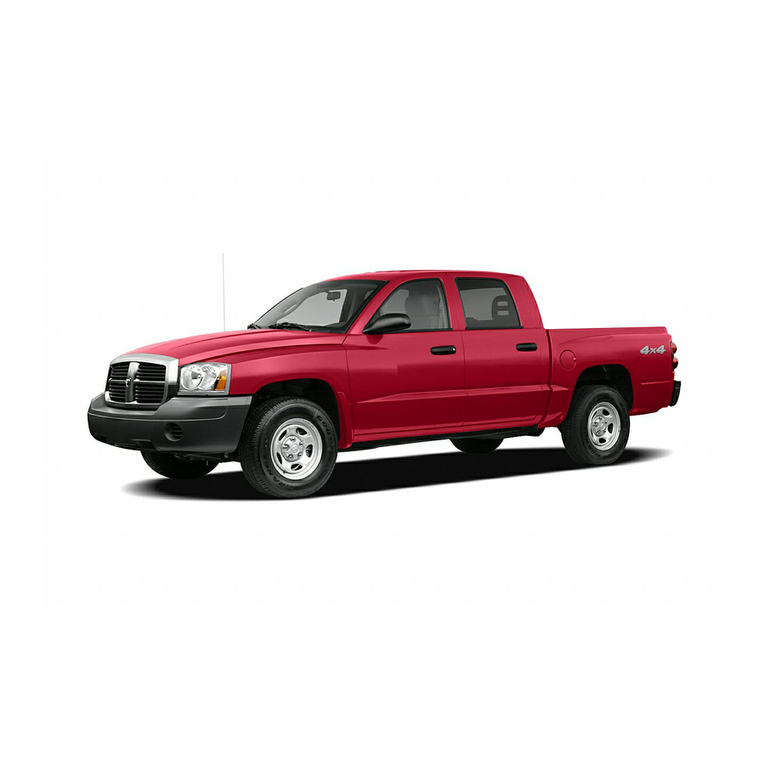INCLEMENT WEATHER
Proceed cautiously
in
inclement weather, until you are sure
it is safe
to
drive faster.
Be prepared for sudden crosswinds when crossing bridges
or
viaducts.
Remember that some wet pavement is
as
treacherous
as
ice,
and bridges and viaducts can be slipperier.
BAD ROADS
Remember, dust obscures vehicles and obstacles
as
com-
pletely
as
fog; drive cautiously
in
dust-clouded areas.
Avoid striking sharp rocksand pot-holes to avoid unneces-
sary (and often hidden) tire damage.
Remember to clean off headlamps, tail lamps and side
markers after driving
on
wet, dusty,
or
muddy roads.
WINTER DRIVING
Drive extra cautiously when winter comes, until you adjust to
winter driving conditions.
Remember side streets may be slippery for days after main
streets have been cleared, and drive accordingly.
In
heavy snow
or
on
icy roads, drive more cautiously, all'ow
more room to stop, and use the brakes conservatively, and
reduce the possibility of skids
by
using chains
or
special
tires.
To get moving
in
snow, press very lightlY
on
the accelerator
pedal, increase pressure very slowly, and
don't
spin the
wheels. If the wheels spin, they will turn the snow to
slick
ice
or
dig your wheels
in
deeper. Sand, rock san, Liquid
3
Tire
Chain,
or
a piece
of
carpeting under the rear wheels
can help
if
you do get bogged down.
Remember that wet
ice-at
about
32
°
F-is
extremely slippery;
drive very cautiously.
EXTENDED TRIPS
Before and regularly during the trip, check tire pressure,
wind'shield washer and other fluid levels, and have necessary
maintenance performed
on
a regular basis.
When driving along unfamiliar routes,
it
is safer to drive
during daylight hours, and
it
is
wise to obtain up-to-date
maps and route information beforehand.
Remember that a high percentage
of
rural accidents involve
head-on collisions and drive accordingly.
Budget your driving over the length
of
your trip. Share the
driving
or
take rest breaks.
When driving alone
for
a long period, counteract monotony
by changing radio stations, changing heatersettings, open-
ing windows, etc., If fatigue sets in, pull off the road for a
short nap,
or
at least a rest.
ALWAYS
Be
prepared for stopping
or
slow moving vehicles ahead.
Maintain
an
adequate distance between your car and the
car ahead, to reduce the chances
of
rear-end coll"isions.
If you smell,
or
otherwise suspect that exhaust fumes are
entering the passenger compartment, drive only with all
windows and vents fully open, and then only until the cause
can be determined
and'
corrected.

